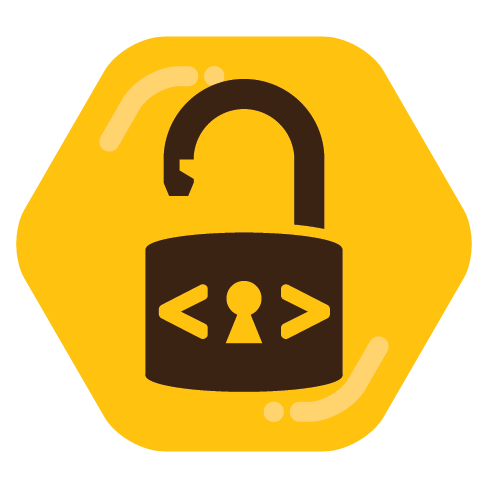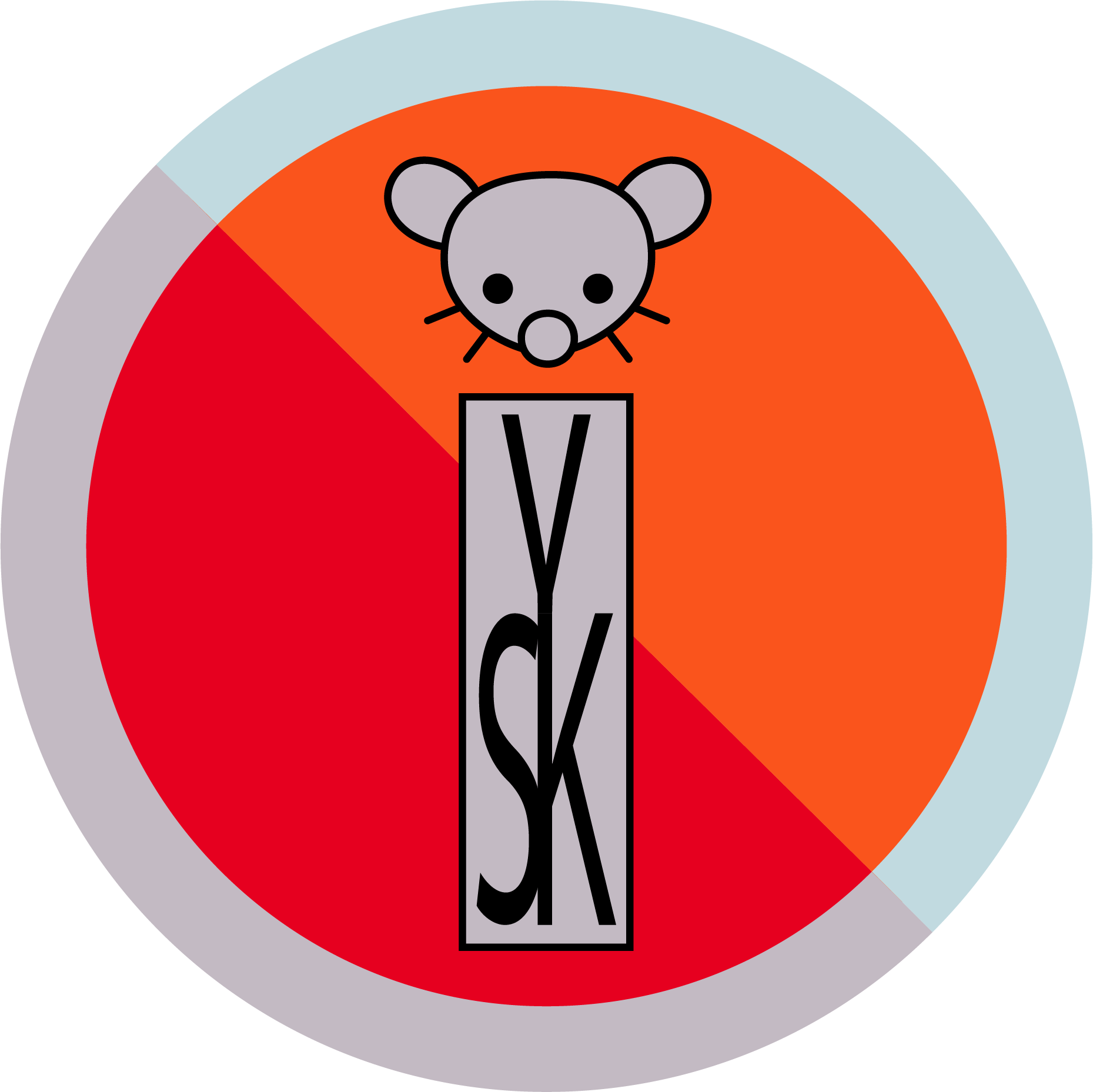

Claiming that GTA is responsible for mass shootings is an example of what pro-gun activists do in order to deflect the blame off of guns.


Claiming that GTA is responsible for mass shootings is an example of what pro-gun activists do in order to deflect the blame off of guns.


If the instance or community guidelines state “X isn’t allowed,” then it isn’t censorship to remove X. It becomes censorship when mods start removing things for reasons other than enforcing instance or community guidelines. Until that point, it’s just content moderation.
If the c/Androids community guidelines state that “This community is about human-like robots. Posts regarding the phone OS are unwelcome” and a mod removes such a post, that isn’t censorship. Likewise for spam, or reposts, or any number of other things.
On the other hand if the mods remove a post about a human-like robot built in China because they’re sinophobic, that is censorship. Likewise if the human-like robot was built by Tesla, if the lead engineer were a woman, or anything along those lines. Likewise if the post were instead critical of such a robot - still censorship (unless it’s a news only community and the post was free text or a meme).
Likewise if a community’s guidelines state that controversial statements without reputable sources backing them up, statements known to be false, or statements that have been flagged as false by a fact checker are prohibited, then removing such statements isn’t censorship. It’s moderation.


In fact, Redot has had 13 releases since the project started late last year.
With an absolutely massive number of commits since then.
An absolutely massive number of commits that were originally made to Godot, sure. Redot has 118 more commits than Godot as of the time of this writing (76,344 vs 76,266). That’s not even 1 original commit per day.


There have been so many places in front end web dev that used the abbreviation “a11y” without defining it (or explaining the 11) that for years I assumed it was just the name of a particular library that had gotten Kleenexed.
(To be clear, I’m using “Kleenexed” as a verb here to mean “genericized explosively, as if a sneeze.”)
It didn’t help to look at the code, either. “Okay cool, so all this does is add a bunch of random extra tags to the DOM? Doesn’t seem super useful but okay, I guess there’s probably some tool out there that depends on them but we probably don’t use it.”


I’m lucky enough to be able to budget for things I want. If it’s in the budget, no justification is required. If it’s in the budget but expensive, then I just have to figure out if I want it more than the other things I want (or will want) that I won’t be able to afford as a result.


I hate how much I agree with you in principle and how ugly it looks in practice. With doubled periods, at least - different marks don’t trigger that same reaction. For example, a question mark inside, followed by a period or comma outside feels right.


It’s not grammatically incorrect to end a sentence with a preposition. It’s a common misconception that it is a rule, basically because one guy argued in favor of it back in the 1600s and had some support for formal writing in the 1700s. But it’s never been a broad rule, and even in formal contexts it’s not a rule in any current, reputable style or usage guides (so far as I know, at least).
Some more info on the topic: https://www.merriam-webster.com/grammar/prepositions-ending-a-sentence-with


This is what I would try first. It looks like 1337 is the exposed port, per https://github.com/nightscout/cgm-remote-monitor/blob/master/Dockerfile
x-logging:
&default-logging
options:
max-size: '10m'
max-file: '5'
driver: json-file
services:
mongo:
image: mongo:4.4
volumes:
- ${NS_MONGO_DATA_DIR:-./mongo-data}:/data/db:cached
logging: *default-logging
nightscout:
image: nightscout/cgm-remote-monitor:latest
container_name: nightscout
restart: always
depends_on:
- mongo
logging: *default-logging
ports:
- 1337:1337
environment:
### Variables for the container
NODE_ENV: production
TZ: [removed]
### Overridden variables for Docker Compose setup
# The `nightscout` service can use HTTP, because we use `nginx` to serve the HTTPS
# and manage TLS certificates
INSECURE_USE_HTTP: 'true'
# For all other settings, please refer to the Environment section of the README
### Required variables
# MONGO_CONNECTION - The connection string for your Mongo database.
# Something like mongodb://sally:sallypass@ds099999.mongolab.com:99999/nightscout
# The default connects to the `mongo` included in this docker-compose file.
# If you change it, you probably also want to comment out the entire `mongo` service block
# and `depends_on` block above.
MONGO_CONNECTION: mongodb://mongo:27017/nightscout
# API_SECRET - A secret passphrase that must be at least 12 characters long.
API_SECRET: [removed]
### Features
# ENABLE - Used to enable optional features, expects a space delimited list, such as: careportal rawbg iob
# See https://github.com/nightscout/cgm-remote-monitor#plugins for details
ENABLE: careportal rawbg iob
# AUTH_DEFAULT_ROLES (readable) - possible values readable, denied, or any valid role name.
# When readable, anyone can view Nightscout without a token. Setting it to denied will require
# a token from every visit, using status-only will enable api-secret based login.
AUTH_DEFAULT_ROLES: denied
# For all other settings, please refer to the Environment section of the README
# https://github.com/nightscout/cgm-remote-monitor#environment


To run it with Nginx instead of Traefik, you need to figure out what port Nightscout’s web server runs on, then expose that port, e.g.,
services:
nightscout:
ports:
- 3000:3000
You can remove the labels as those are used by Traefik, as well as the Traefik service itself.
Then just point Nginx to that port (e.g., 3000) on your local machine.
—-
Traefik has to know the port, too, but it will auto detect the port that a local Docker service is running on. It looks like your config is relying on that feature as I don’t see the label that explicitly specifies the port.


JustWatch is still useful if you want to act like you watched it legitimately, e.g., if a coworker asks where they can watch it. Even if your coworker also pirates, they might not have an account on your private tracker, Usenet, etc…
I may be wrong, as I haven’t actually torrented anything substantial since Demonoid was still a thing, but it all feels less accessible than it used to be.


It’s not “dark green,” that’s for sure.


PSTN is wiretapped.
It’s a good thing that the website itself supports sending and receiving alerts, then.


Current generation iPad Pros and Airs have the same processing power as Apple Silicon Macs. That’s more than enough for Blender. Even the base iPad and the iPad Mini likely have enough processing power - though I don’t think the base iPad has enough RAM.


Does mirroring a screen (or adding a screen) from a computer or connecting to a computer via remote desktop count?


if everyone thought like you no one would create digital media
This is obviously incorrect.


When did Democrats have a supermajority in both the House and the Senate?


I thought Hue bulbs used Zigbee?


The up arrow moves through the letters, e.g., A->B->C. The down arrow moves to the next character in the sequence, e.g., C->CA->CAA. If you click past the correct letter, you’ll have to click all the way through again. And if you submit the wrong letter, you have to start all over (after it takes twenty seconds attempting to connect with the wrong password and then alerts you that it didn’t work, of course).
Depends on your e-reader! If you have a Kindle, Kobo, or Nook, yes, that’s true. However:
Boox has e-readers that run Android and you can install Hoopla. The Palma 2 is phone sized which is great. The Page, Leaf2, and Go 7 are all in the 7” form factor, plus they have 6” versions. And they have tablet sizes, too. They have both traditional black&white and color e-ink displays.
I have the Boox Air 3C and the original Palma and both are great. I’ll likely get a Boox as my next standard sized e-reader, too (whenever I replace my Kindle Oasis). Though unless the technology drastically improves before then, it’ll be one with a black and white screen. (The color is nice in the tablet sizes, though.)
Some other options that I’m less familiar with include:
I still wouldn’t call a car an “investment” or anything, but 100% agreed. The whole “cars lose 50% of their value when you drive off the lot” thing might have been true before the Cash for Clunkers program, but it isn’t anymore. Or maybe it’s true if you’re trying to trade-in the vehicle.
If I wanted to buy the (fairly popular) car I’ve been driving for over 6 years with the same mileage, it’d cost me over 2/3rds what it cost new When I bought it, new cars were less expensive than used cars (i.e., like less than two years old with less than 25k miles) thanks to how much better the interest rates were on the loans. A couple years later, I was getting offers for more than I paid for it. And none of that is a unique experience.